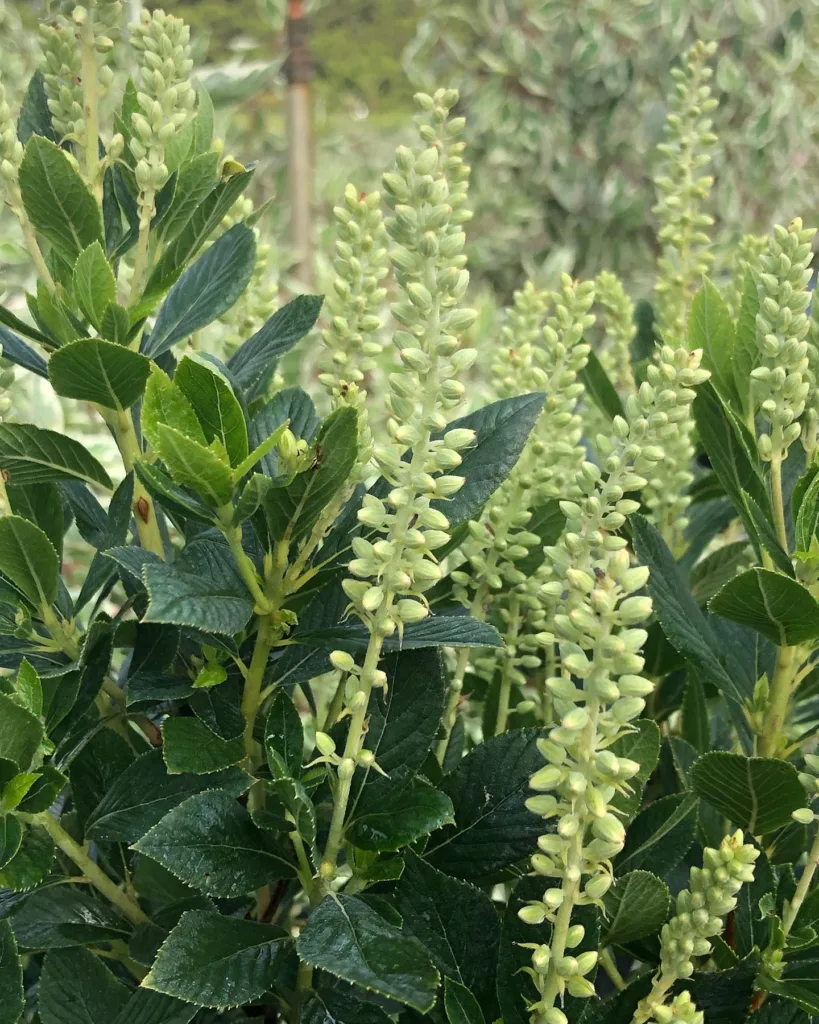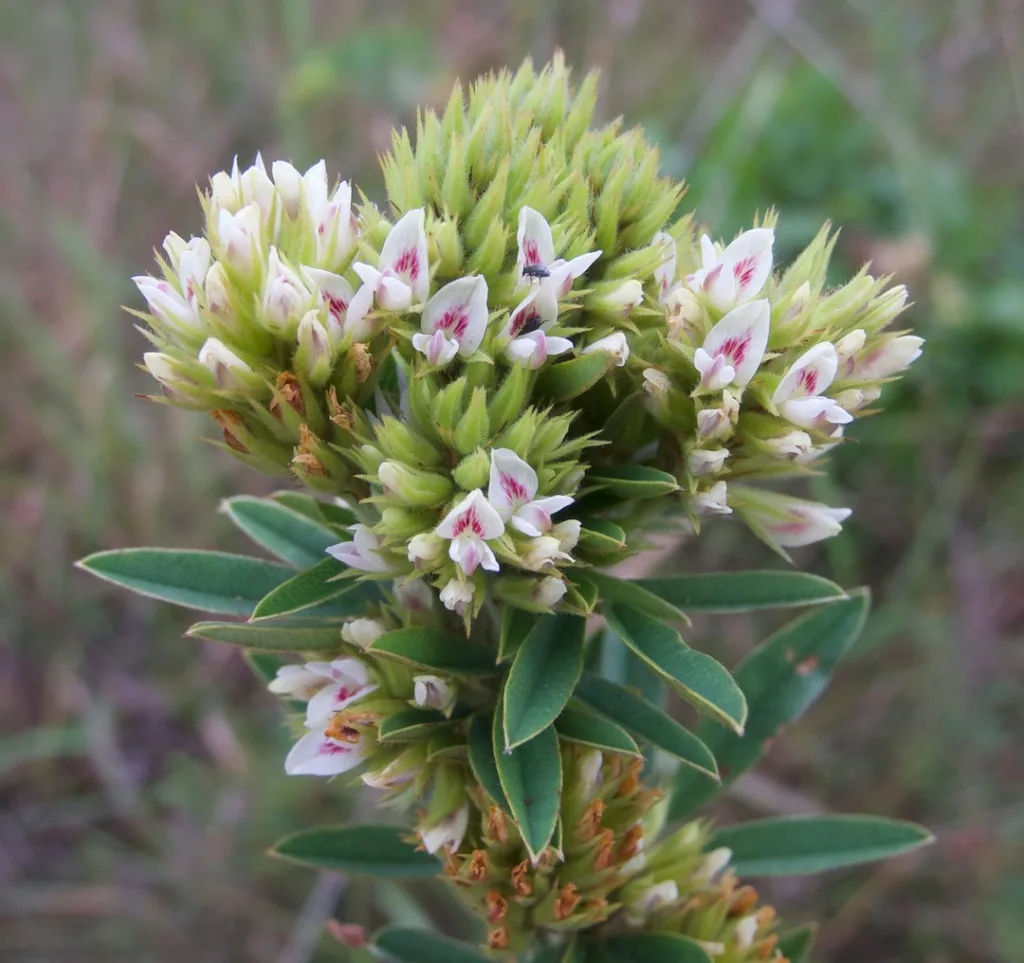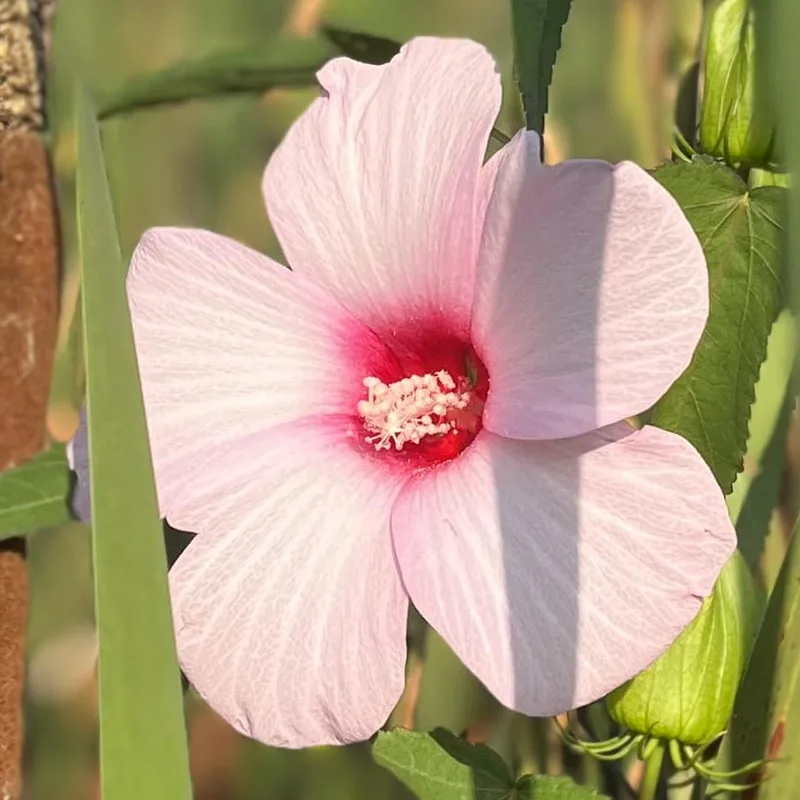The Enchanting Luma: A Journey into the Valdivian Rainforests
My name is Ferb Vu, and I’ve always been captivated by the intricate beauty of the natural world. Among the myriad of plant genera that have captured my attention, the Luma genus holds a special place in my heart. Hailing from the Valdivian temperate rainforests of Chile and Argentina, these evergreen trees and shrubs possess a unique charm that sets them apart. Their resilience, adaptability, and aesthetic appeal have made them a favorite among botanists and garden enthusiasts alike. Join me as we delve into the fascinating world of the Luma genus.
Unveiling the Luma Genus
The Luma genus, a member of the myrtle family (Myrtaceae), was first described in 1853. It thrives in the cool, humid environments of the Valdivian rainforests, often found near streams and other moisture-rich areas. These plants are characterized by their small, aromatic leaves, beautiful white flowers, and distinctive bark, which often peels to reveal contrasting colors beneath.
One of the most striking features of Luma species is their ability to thrive in challenging conditions. They can tolerate poor soil, strong winds, and even coastal salt spray. This hardiness, coupled with their attractive appearance, has made them a popular choice for landscaping and gardening in regions with similar climates.
A Diverse Family: Species within the Luma Genus
While the Luma genus is relatively small, it boasts a diverse range of species, each with its own unique characteristics. Here are:
- Luma apiculata: Perhaps the most well-known species, Luma apiculata is often referred to as the Chilean myrtle or Arrayán. It’s prized for its smooth, cinnamon-colored bark that peels to reveal a creamy white underlayer, creating a stunning visual effect. This species can grow as a shrub or a small tree, reaching heights of up to 20 feet. Its dark green foliage, white flowers, and edible purple berries make it a popular ornamental plant.
- Luma chequen: Also known as the Chequen, this species is characterized by its smaller leaves and a more compact growth habit compared to Luma apiculata. It’s highly adaptable and can tolerate a wider range of conditions, including drier soils. The Chequen is often used for hedging and topiary due to its dense foliage and responsiveness to pruning.
The Allure of Luma: Why I’m Drawn to This Genus
My fascination with the Luma genus stems from several factors. First and foremost, I’m drawn to their resilience and adaptability. Their ability to thrive in challenging environments speaks to their inherent strength and tenacity. In a world facing increasing environmental pressures, I find hope in plants like these that can withstand adversity.
Secondly, I admire the aesthetic appeal of Luma species. Their smooth, colorful bark, delicate white flowers, and glossy green foliage create a captivating display. Whether grown as a standalone specimen or incorporated into a mixed planting, Luma plants add a touch of elegance and sophistication to any landscape.
Finally, I appreciate the cultural significance of the Luma genus. For the indigenous Mapuche people of Chile, the Luma tree holds deep spiritual meaning. It’s considered a symbol of strength, purity, and connection to the natural world. This cultural connection adds another layer of depth to my appreciation for these remarkable plants.
Cultivating Luma: Tips for Success
If you’re interested in growing Luma plants in your own garden, here are a few tips to keep in mind:
- Climate: Luma species prefer cool, humid climates similar to their native Valdivian rainforests. They thrive in regions with mild summers and cool, wet winters.
- Soil: While they can tolerate poor soil, Luma plants prefer well-drained, slightly acidic soil. Amending the soil with organic matter can improve drainage and fertility.
- Sunlight: Most Luma species prefer full sun to partial shade. However, they can tolerate shadier conditions, especially in hotter climates.
- Watering: Regular watering is essential, especially during the establishment period. Once established, Luma plants are relatively drought-tolerant but still benefit from occasional watering during dry spells.
- Pruning: Luma plants respond well to pruning and can be shaped into hedges, topiaries, or even espalier. Pruning should be done in late winter or early spring before new growth emerges.
With proper care and attention, Luma plants can thrive in a variety of garden settings. Their beauty, resilience, and cultural significance make them a truly rewarding addition to any landscape.
In Conclusion
The Luma genus represents a captivating group of plants that embody the spirit of resilience and beauty. Their ability to thrive in challenging environments, coupled with their aesthetic appeal, makes them a true marvel of the natural world. As I continue to explore the fascinating world of plants, the Luma genus will always hold a special place in my heart, reminding me of the enduring power and beauty of nature.
If i die, water my plants!



